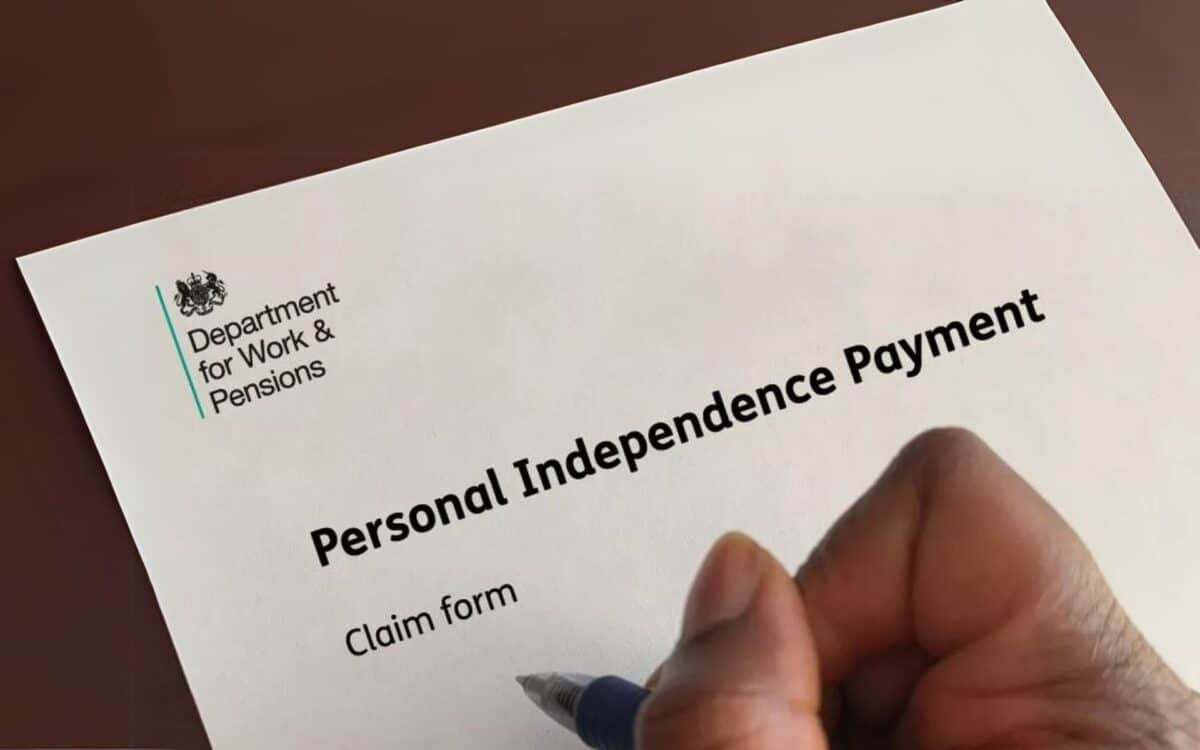Millions of people in the UK receiving Personal Independence Payment (PIP) will benefit from an increase in their payments for the 2025/2026 financial year. The Department for Work and Pensions (DWP) has confirmed a 1.7% uplift, which will raise annual support to as much as £9,747.40 for the highest-tier recipients.
According to reporting from BirminghamLive, this adjustment came into effect at the beginning of April, yet many claimants will not experience the full increase immediately.
Due to the way PIP payments are structured—issued every four weeks and paid in arrears—the new rates will be phased in depending on individual payment schedules.
Phased Implementation of the New PIP Rates
The Department for Work and Pensions (DWP) has implemented a 1.7% increase in most benefits, including PIP, effective from Monday, April 7, the start of the new financial year.
As PIP is paid in arrears on a four-week cycle, the full impact of the increase will only be reflected once claimants complete a full four-week period that begins on or after that date.
Following the increase, PIP awards now fall into eight new payment levels, ranging from £116.80 to £749.80 every four weeks, which corresponds to £1,518.40 to £9,747.40 per year. The specific rate depends on the individual’s assessed level of need.
Understanding the Transition Period and Mixed Payments
Because of the payment cycle, most claimants will receive a blended payment before their entitlement is fully adjusted. If a payment falls partly before and partly after April 7, the rate will be split accordingly.
For example, if your PIP was paid on Tuesday, April 22, this would cover a period beginning in late March and ending in April. As a result, that payment would include two weeks at the old rate and two weeks at the new rate.
The next payment would be issued on Tuesday, May 20, and that amount would reflect the new rate in full.
Detailed Payment Schedule From April to May 2025
To clarify when the full increase will be applied, here is the breakdown :
- PIP paid April 7 : This payment is entirely at the old rate. The full new rate will apply starting from the next payment on May 5.
- PIP paid April 14–18 : The payment includes three weeks at the old rate and one week at the new rate. The full new rate will be seen from the next cycle starting May 12 to 16.
- PIP paid April 21–25 : The payment consists of two weeks at the old rate and two weeks at the new rate. The full new rate will apply from May 19 to 23.
- PIP paid April 28–May 2 : This payment has one week at the old rate and three weeks at the new rate. The following payment, between May 26 to 30, will be at the full new rate.
What to Expect if You Are a PIP Claimant
Claimants should note that while the increase is in effect, it will not be reflected in full immediately unless the entire payment period falls after April 7. Mixed-rate payments are part of the standard adjustment process and do not indicate an error or omission.
To stay informed about PIP, Universal Credit, and other benefits, individuals are encouraged to subscribe to official bulletins and financial support newsletters. These provide up-to-date information on payment schedules, rate changes, and other developments affecting claimants across the UK.









